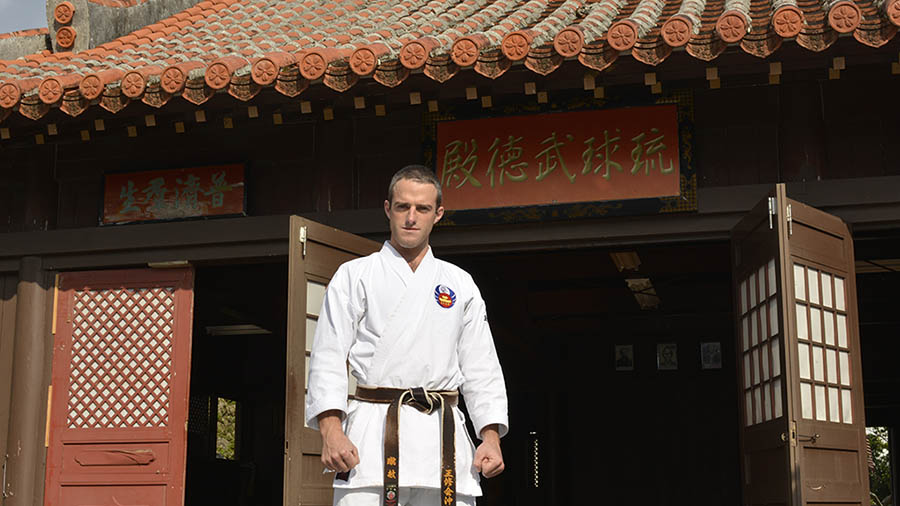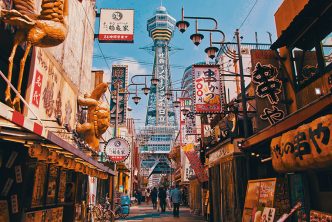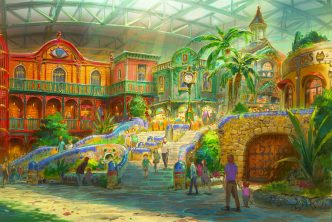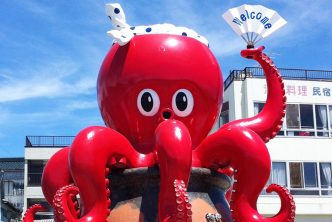Did you know that karate, quite possibly the most well-known martial art in the world, originated in Okinawa, Japan? Me neither. But it turns out the tiny, tropical archipelago which sits beneath the Japanese mainland is where it all began.
However, it wasn’t until the early 20th century that Karate made it to the rest of Japan.
When I visited Okinawa in 2013, I had the chance to meet with a local instructor and do a refresher of my rusty karate skills. Kevin Chaplin, a Brit now based in Okinawa, was my mentor for a session at Murasaki Mura theme park. He had his work cut out for him.


Quizzing him on the difference between traditional Okinawan karate and the modern approach he said:
“True karate has been diluted, changed and adapted. The modern approach is to make money, but you have to balance the money with correct teaching. Karate is an education, not just a combat sport.”
Though I learned karate as a teenager, we never once delved into the philosophy behind it. But my story is a common one, according to Kevin, as many karate schools are more concerned with membership and increased revenues than teaching the true meaning behind the martial art.
“Traditional training is hard, so many schools just hand out belts to keep people coming back. That’s why sports karate became so popular, there’s money involved. If your students are successful in a competition, you get more students, more money, more recognition… but you sacrifice the true meaning of karate along the way.”
“The Okinawan spirit is to ‘just get on with it’. That’s what’s different from some of the other Japanese martial arts, and some of the teachings coming from China. There’s a little more spirituality involved, but the Okinawans are more pragmatic towards it. There’s no shortcut to doing a perfect punch. Just get on with it. If you have to practice 1000 times a day, just do it, whatever it takes, and you’ll learn.”


Educating tourists on the origins of karate at the Murasaki Mura theme park, as well continually improving his own skills with a local sensei, Kevin views karate as character building.
“As a karate practitioner you always talk about your mind, your body and your spirit – the three together. Karate has that built in, you go in there with the mindset to do it and improve.”
“When I teach the kids, I just try and keep that in mind. Teaching them to clean the dojo, show respect to each other. We always talk about who is that best, but you’re always teaching everyone to improve.”
“If one kids really sharp, really fast, a great fighter… but the kid who was really nervous and crying the first day, three months later he’s facing up to the strong kid. That’s the biggest success. The kid who’s always winning, that’s fine, but the biggest success is the kid that grew in some way.”


After having only a brief training session with Kevin, my karate skills are still as rusty as ever. I’m not about to go back to training, but I have developed more of an appreciation and understanding of the history behind the martial art.
If you seek the true meaning of karate, Okinawa is the place to find it.
When You Go
Visit Okinawa Convention & Visitors Bureau for more info on Okinawa.
Getting There:
Japan Airlines operate daily flights between Sydney and Okinawa via Tokyo.


















